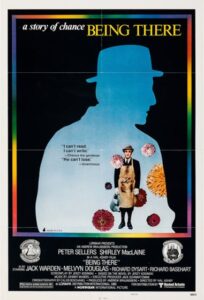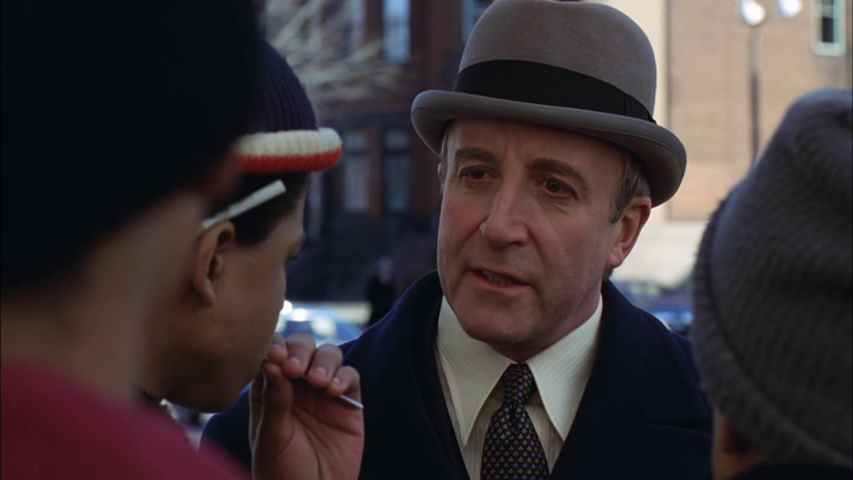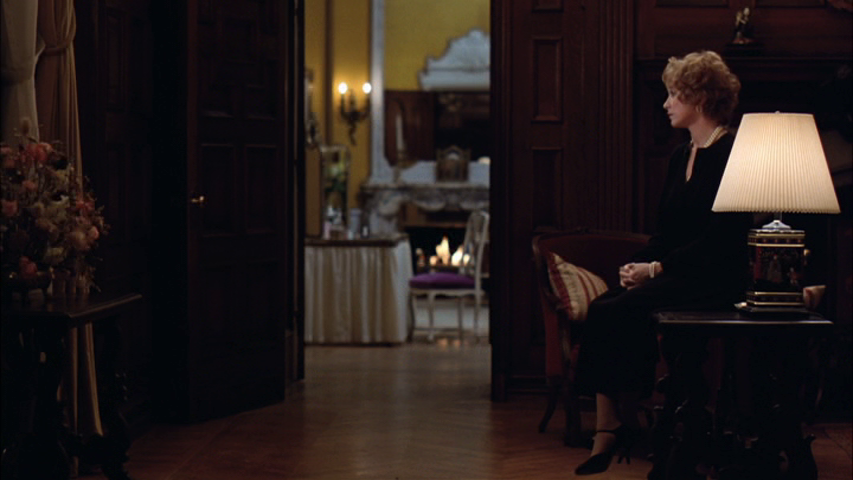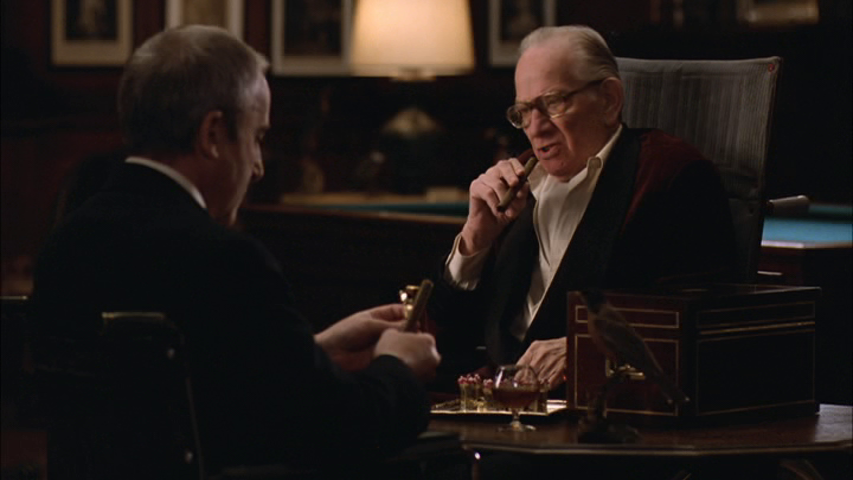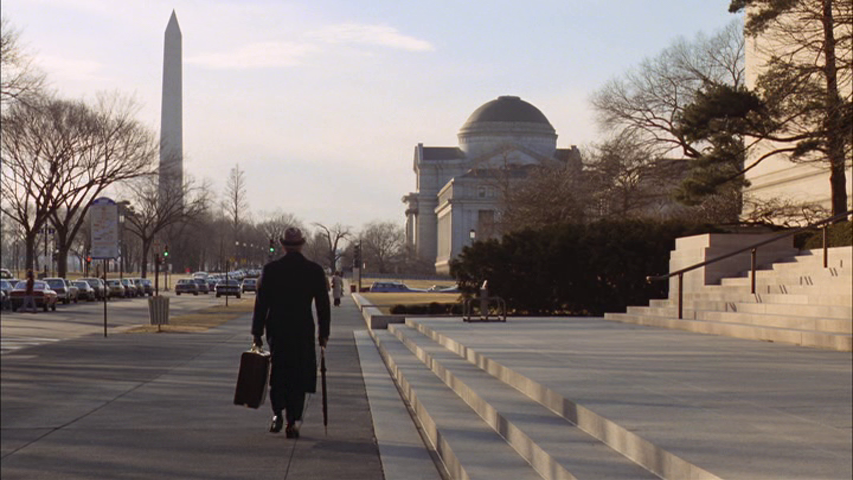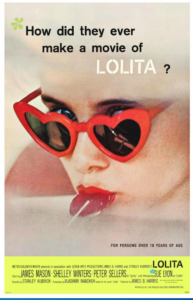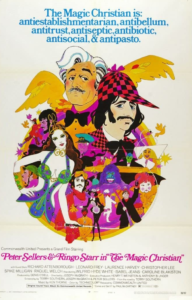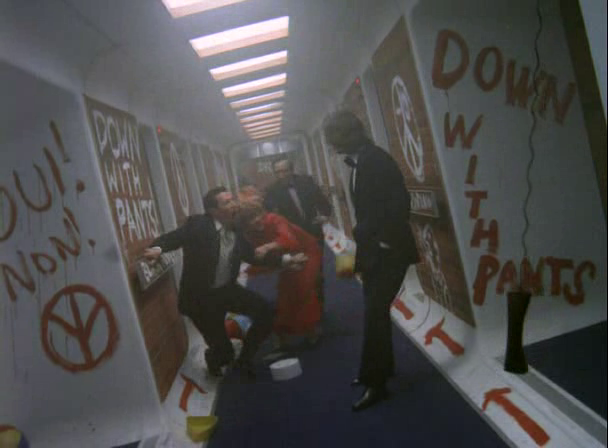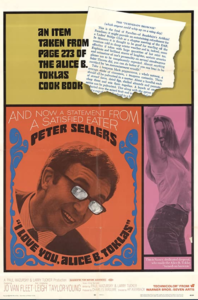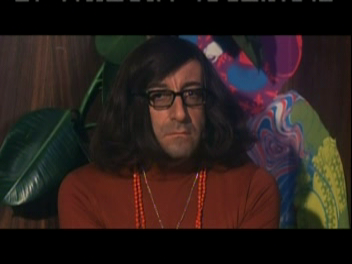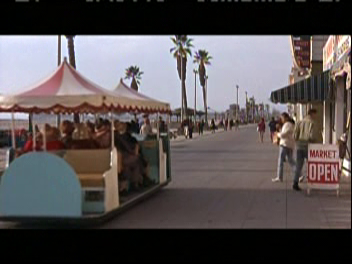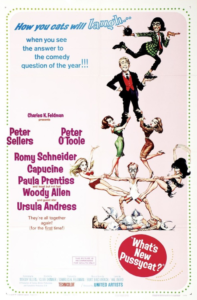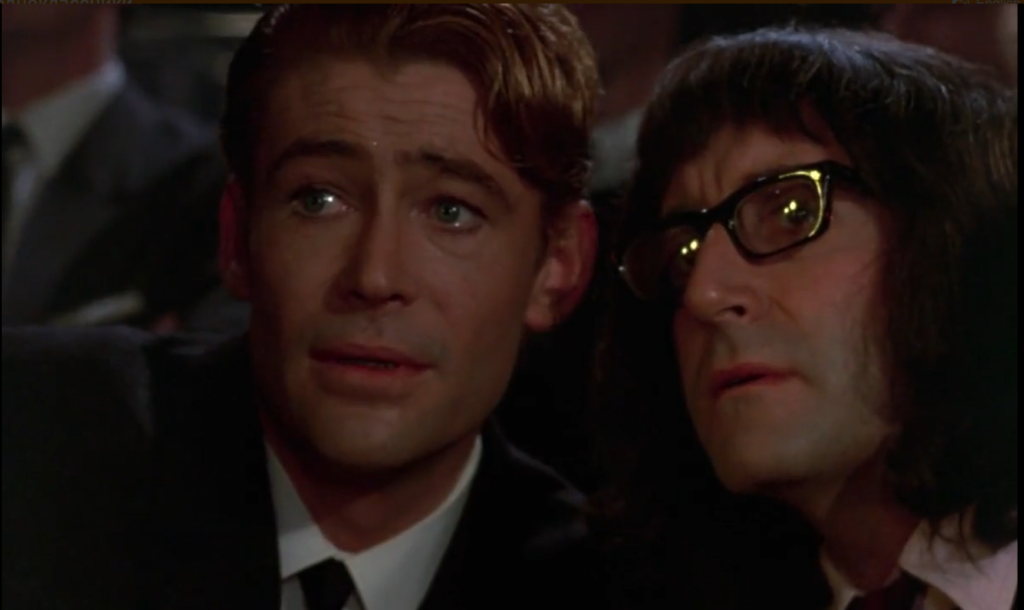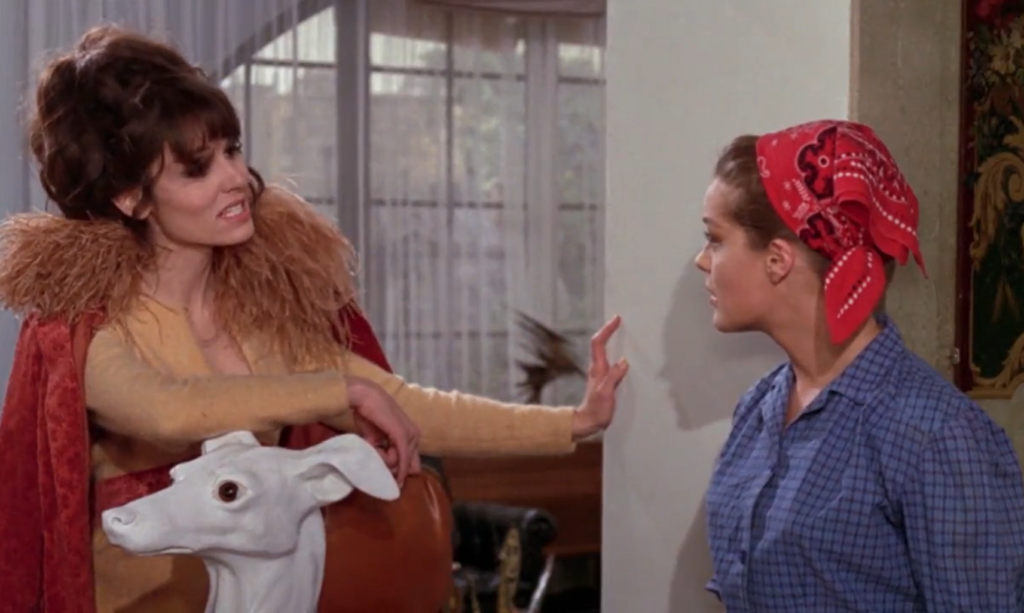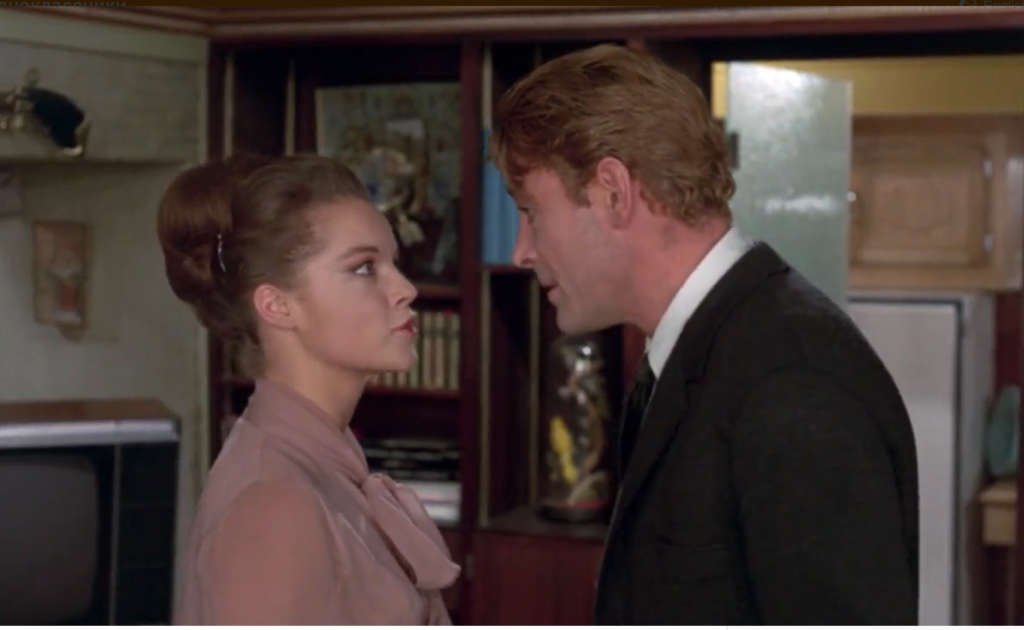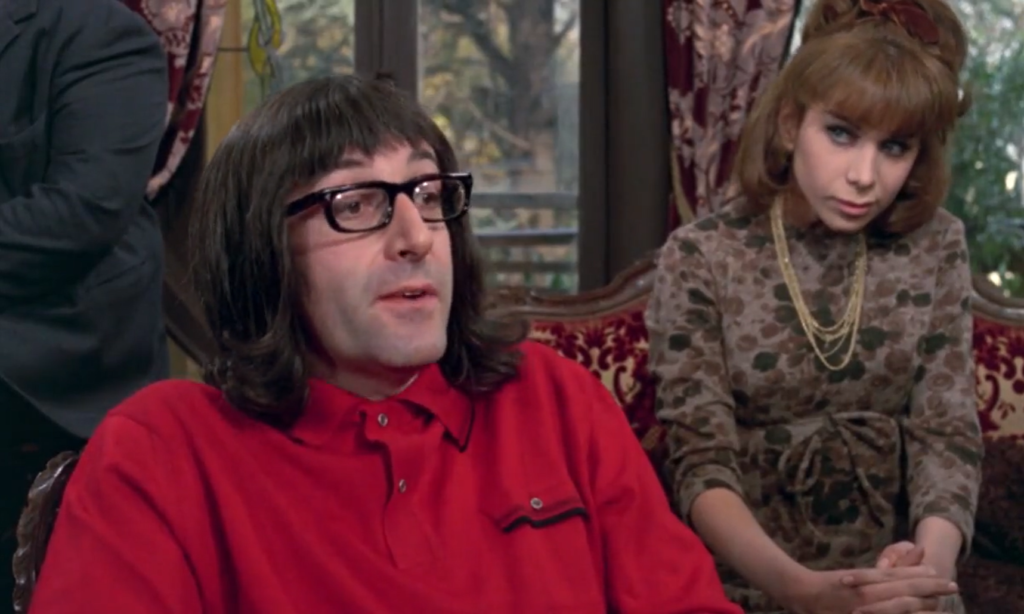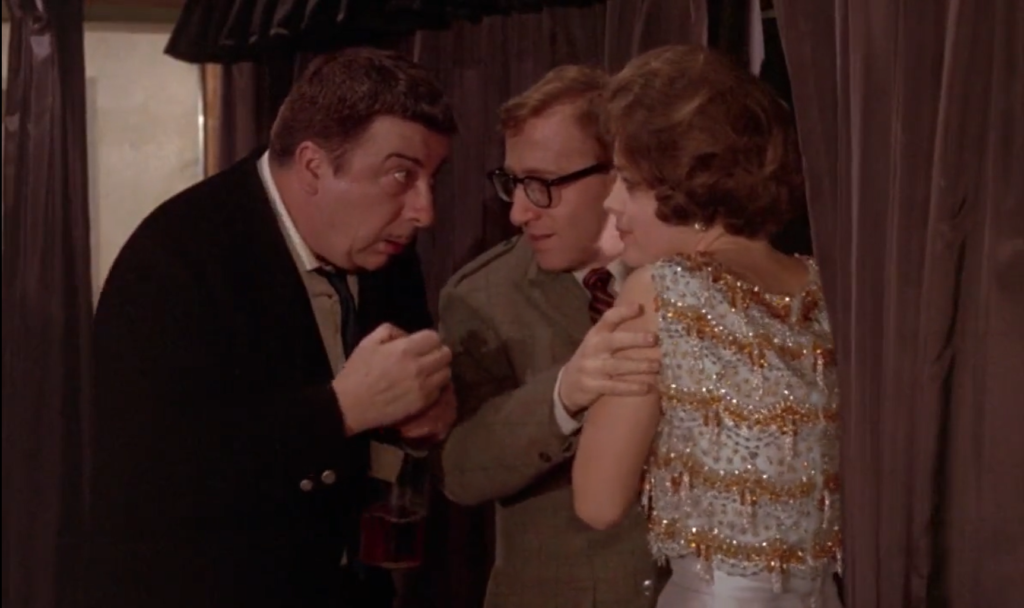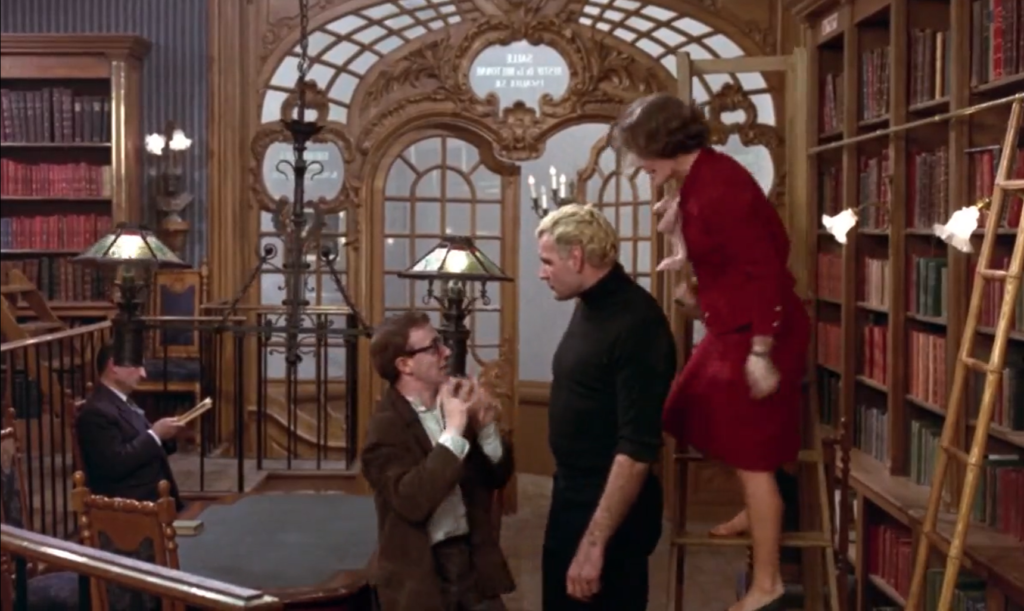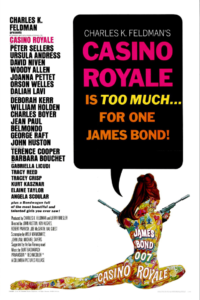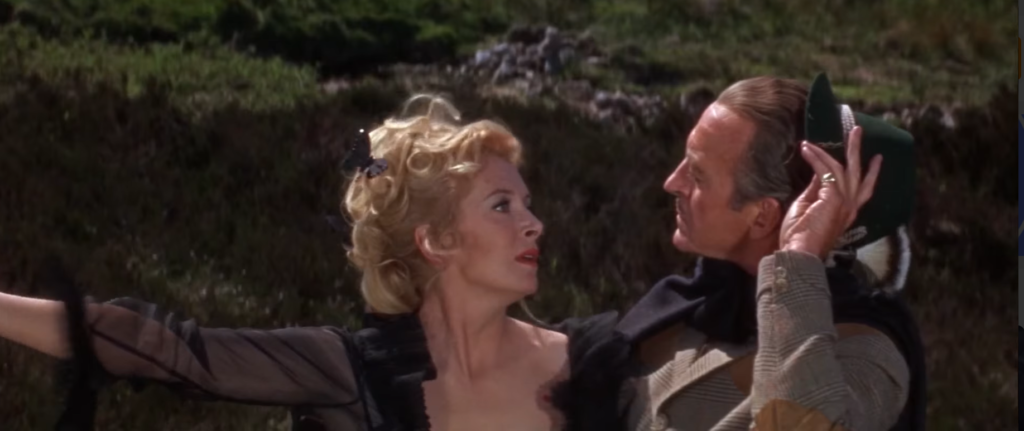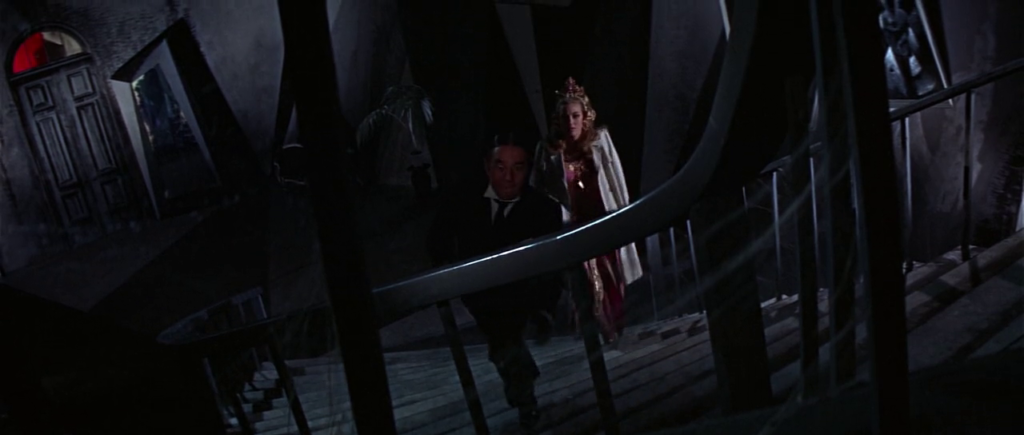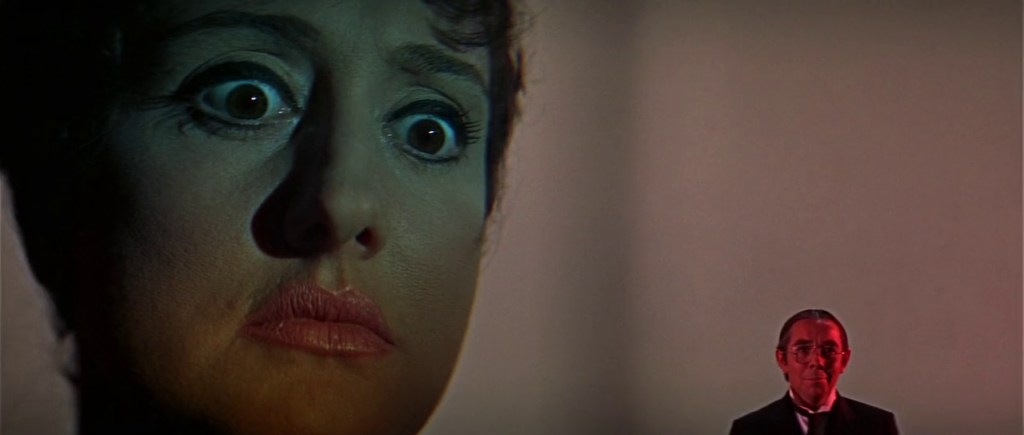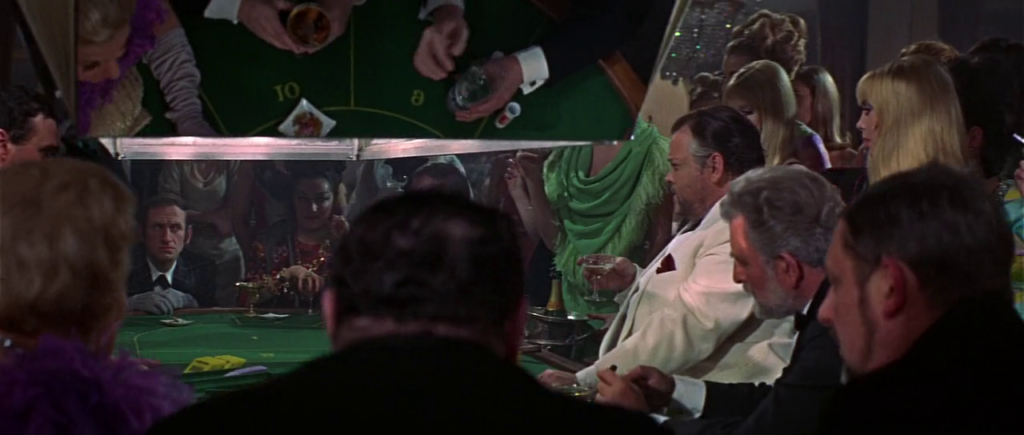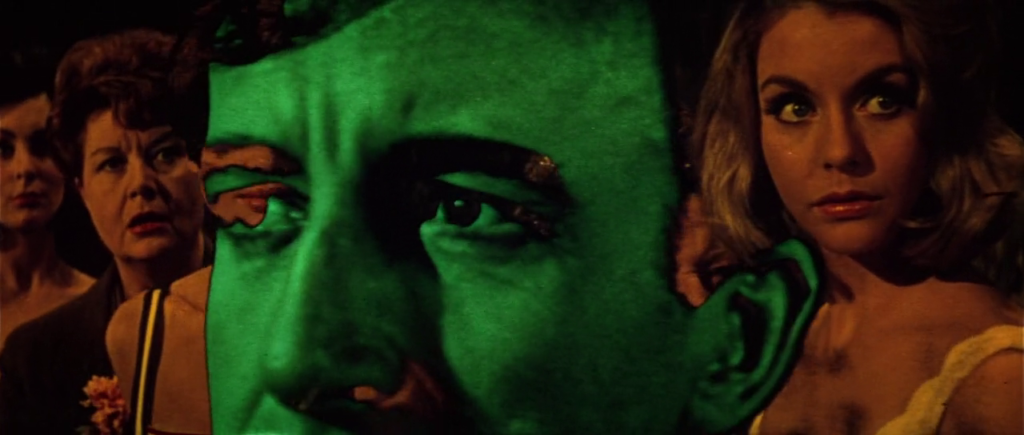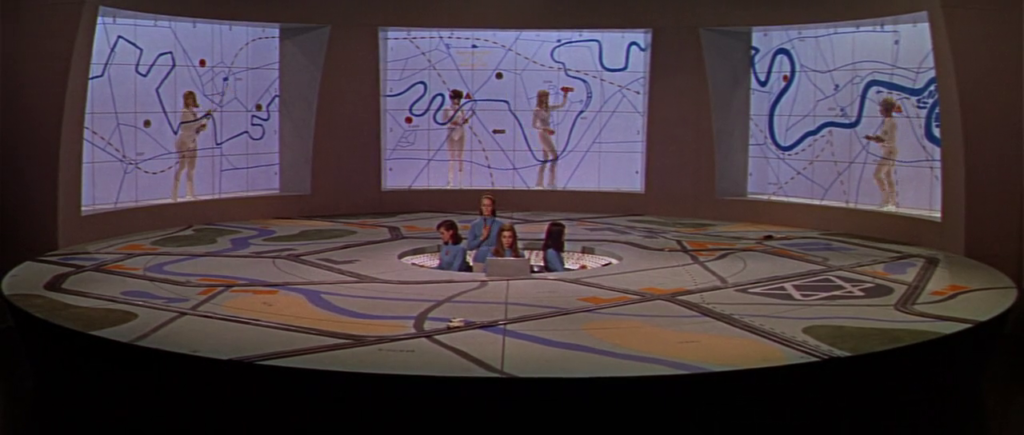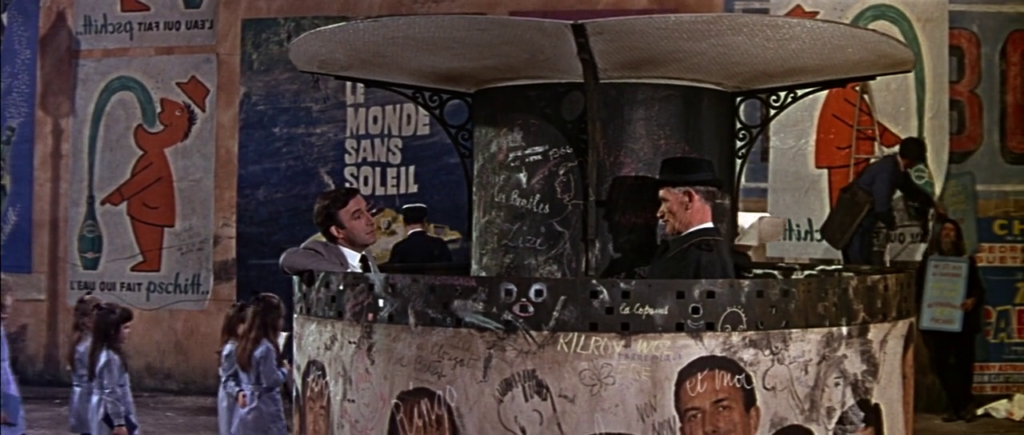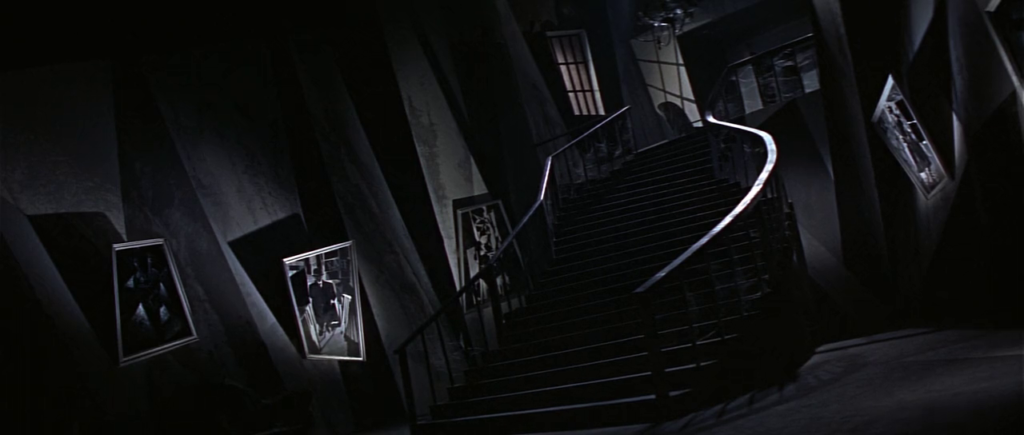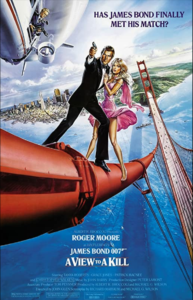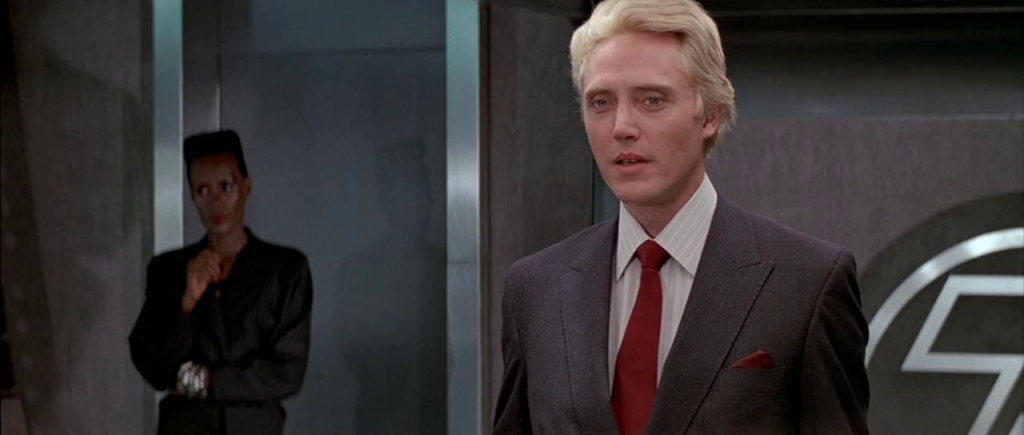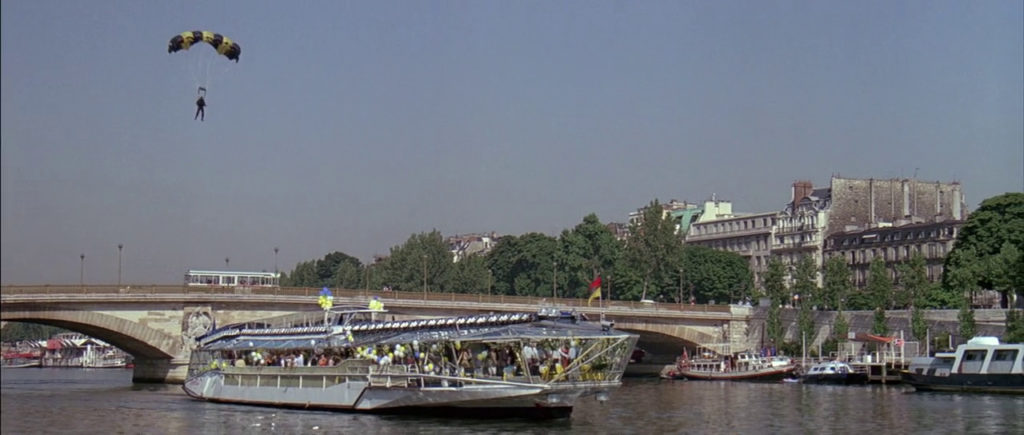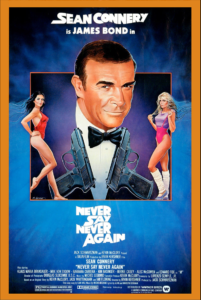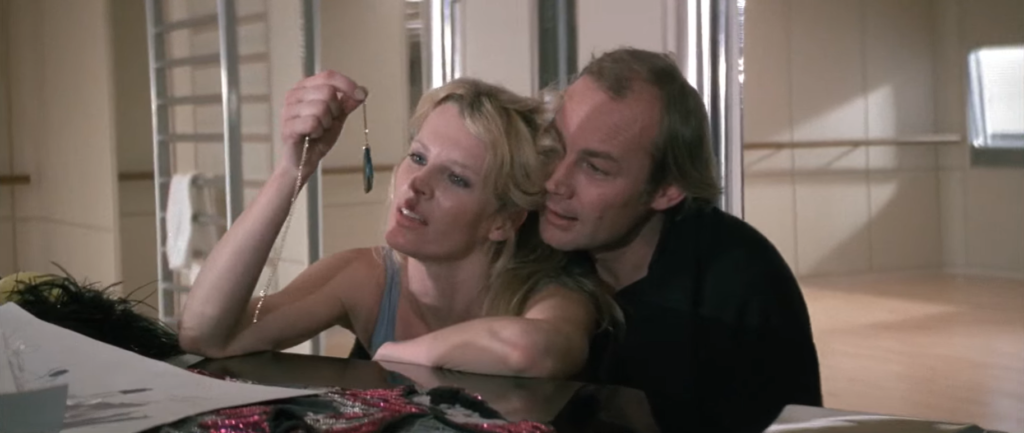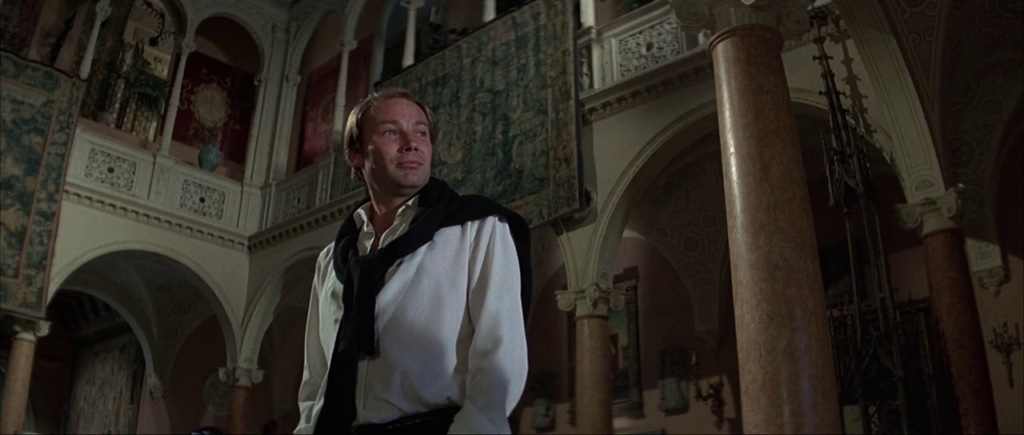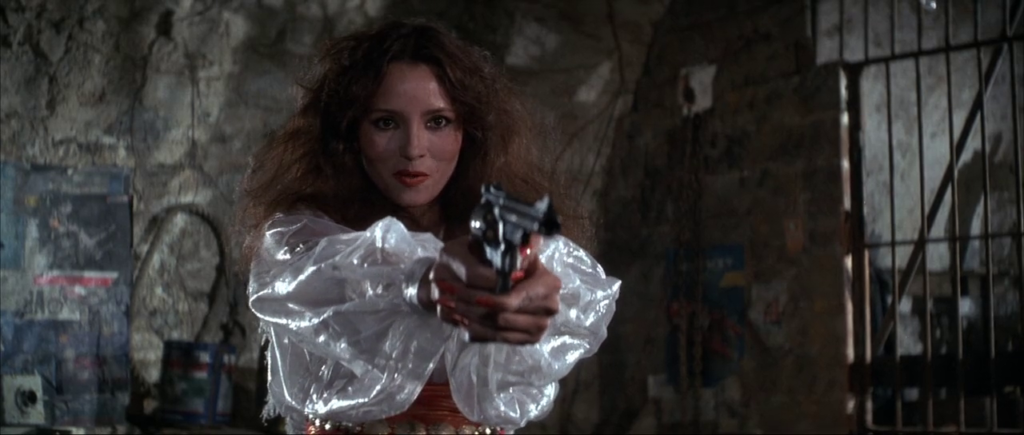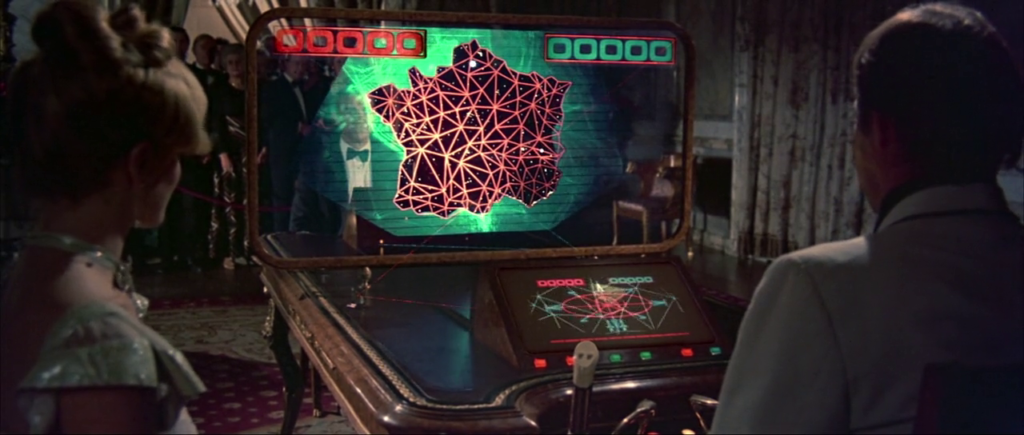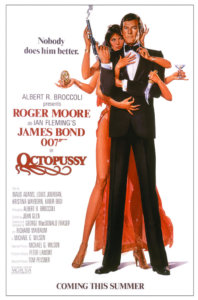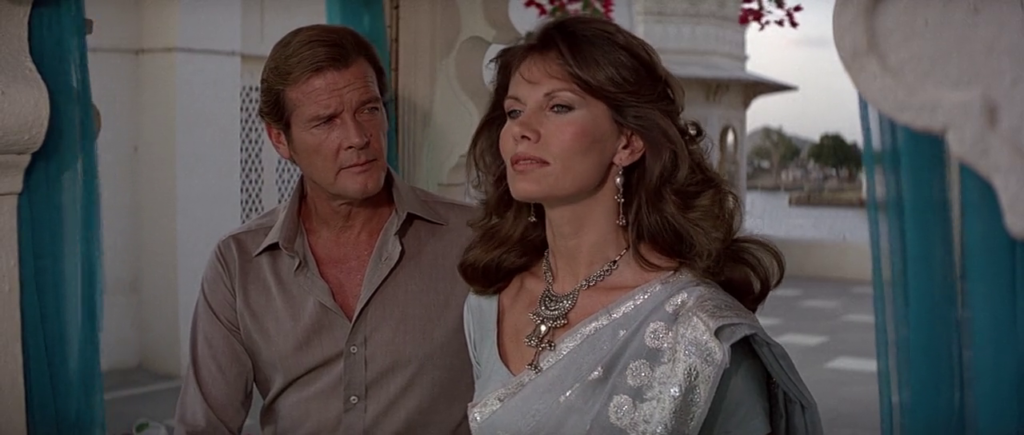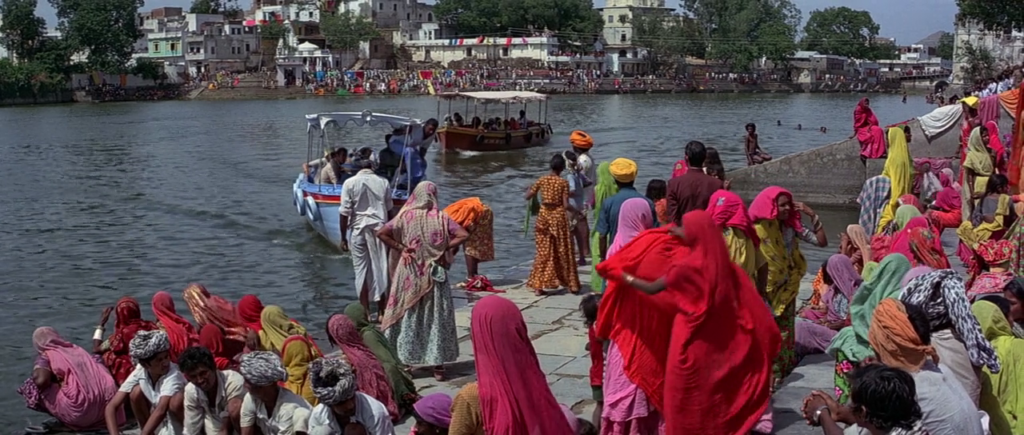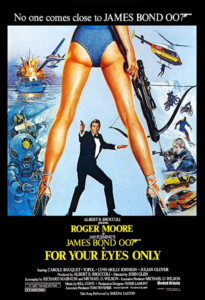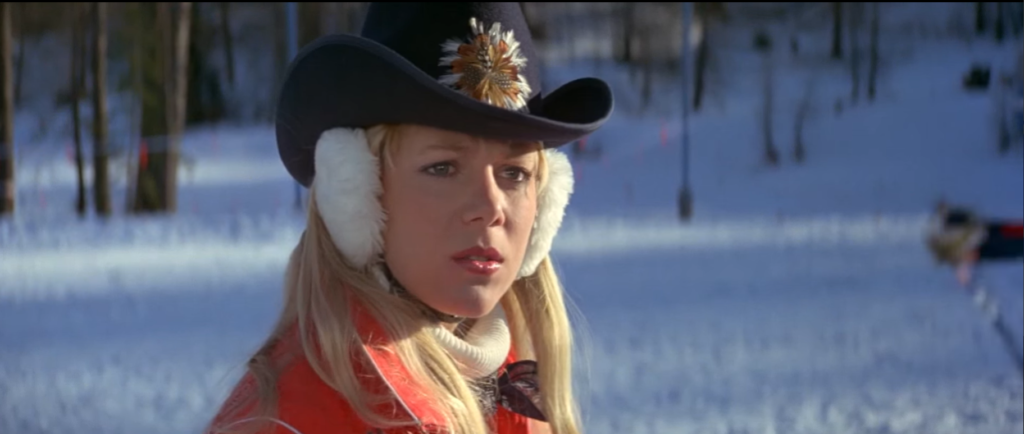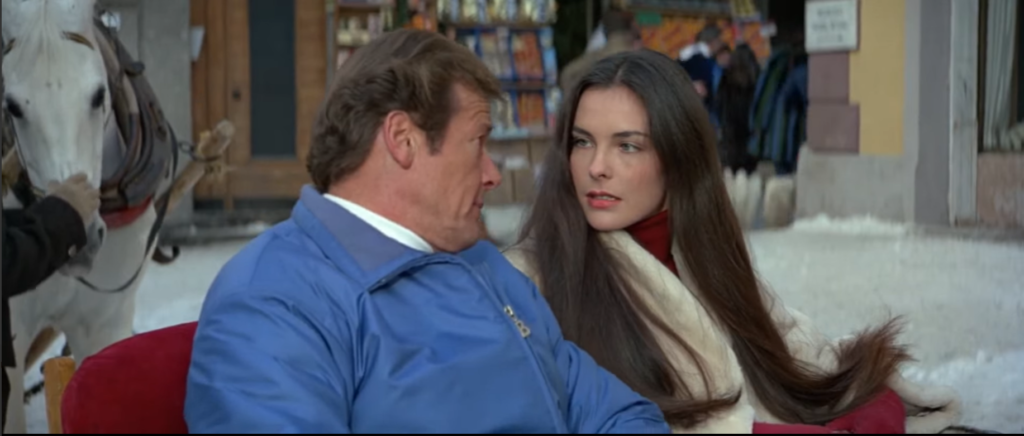|
Genres, Themes, Actors, and Directors:
- Black Comedy
- Flashback Films
- James Mason Films
- Obsessive Love
- Pedophiles
- Peter Sellers Films
- Shelley Winters Films
- Stanley Kubrick Films
Response to Peary’s Review:
Peary writes that while “Stanley Kubrick’s ambitious black comedy about a high class of degenerates was initially blasted for being inferior to and taking liberties with Vladimir Nabakov’s much loved novel,” it “looks better with every passing year.” He argues that “perhaps we’ve begun to accept Kubrick’s sophisticated cinematic techniques (use of visuals, music) as a storytelling alternative to Nabakov’s celebrated prose (i.e., use of language); we better appreciate the mannered comedy of Peter Sellers (this was before Kubrick’s Dr. Strangelove, What’s New, Pussycat? and The Pink Panther); and we have now seen enough Eric Rohmer films — in which sophisticated ‘gentlemen’ can fall madly in love with bland, beautiful teenagers simply because they have tantalizing, dimpled knees — to understand that [14]-year-old Lolita (Sue Lyon) need do absolutely nothing sexually provocative (other than sit around in a skimpy bikini and heart-shaped glasses) for nymphette-lover Humbert Humbert (James Mason) to be in uncontrolled heat.”
In his description of the film’s narrative, Peary notes that after Winters (giving “a hilarious performance”) is “run over (conveniently), Humbert whisk[s] Lolita out of camp” (Camp Climax!) “and [takes] her on a lengthy trip, from one motel to the next”, becoming increasingly “possessive of Lolita and [forbidding] his young lover to date once they settle down and she [goes] to school.” However, Lolita has been “going out on the sly with the openly perverse Quilty [Sellers], the director of the school play in which she had the lead”, and eventually she runs “off with Quilty, whom she considered a genius.” Peary notes that “to this naive girl Humbert [is] normal” — though “of course, Humbert isn’t normal at all — and much humor comes from his difficult attempts to appear normal/moral to the people he comes across (so they won’t suspect him of improprieties with Lolita) only to discover that those who judge him are as wacko as he is.”
Peary writes that the “picture is at times screamingly funny,” that “the performances by Sellers… and Mason — talking smart yet acting like a five-year-old, displaying a sickly smile — are marvelous,” and that “pretty Sue Lyon, only [14]… but looking sexy and 17, gives a very self-assured, naughty (notice that smile, indicating she knows what Humbert’s up to) Carroll Baker-like portrayal.” Indeed, Lyon’s performance is at the heart of this film’s success — she’s preternaturally able to embody this challenging role and convince us that events are playing out exactly as seen on screen. (It’s too bad Lyon had such a tough time with Hollywood, since her performance here indicates she was a natural.) Mason, of course, is stellar as always, and Sellers shows the genius for characterization he would demonstrate to greatest effect in Dr. Strangelove just two years later. While not for all tastes, Kubrick’s adaptation of Nabakov’s novel remains a provocative, well-made classic, worthy of at least one-time viewing.
Redeeming Qualities and Moments:
- Sue Lyon as Lolita
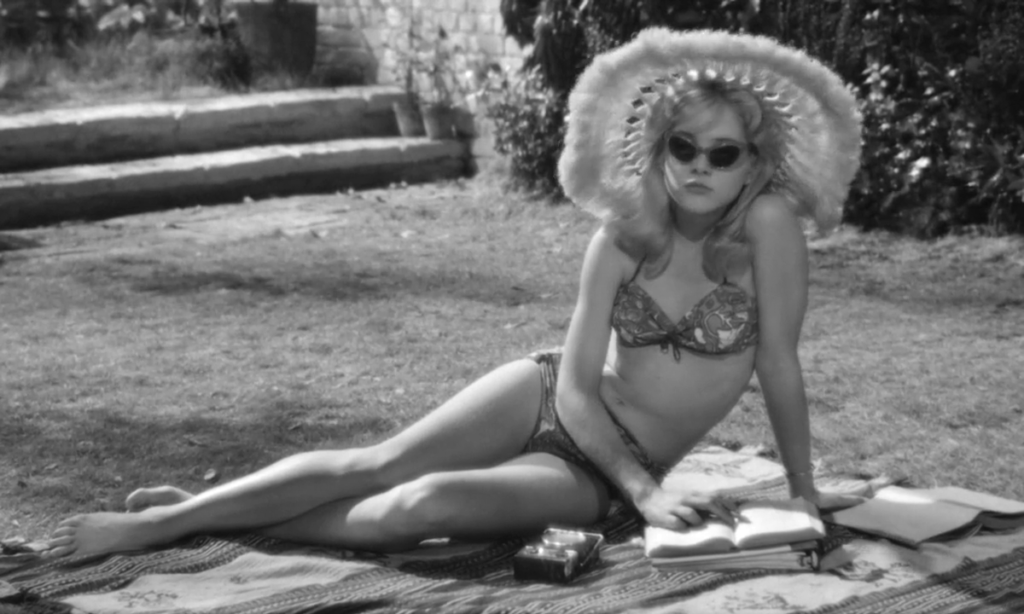
- James Mason as Humbert Humbert (nominated by Peary as one of the Best Actors of the Year in his Alternate Oscars)
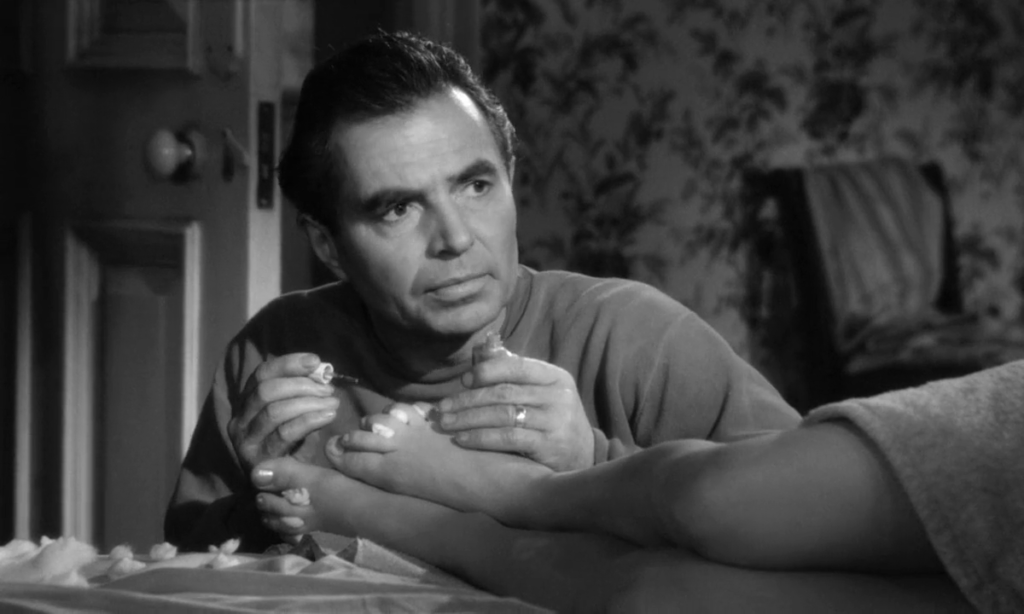
- Peter Sellers as Quiltey
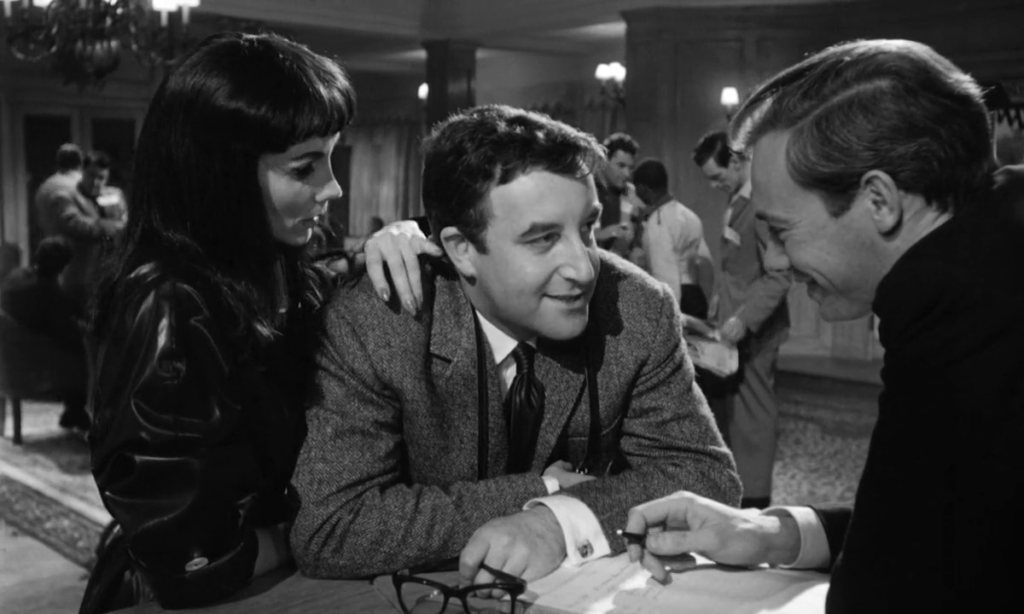
- Shelley Winters as Charlotte
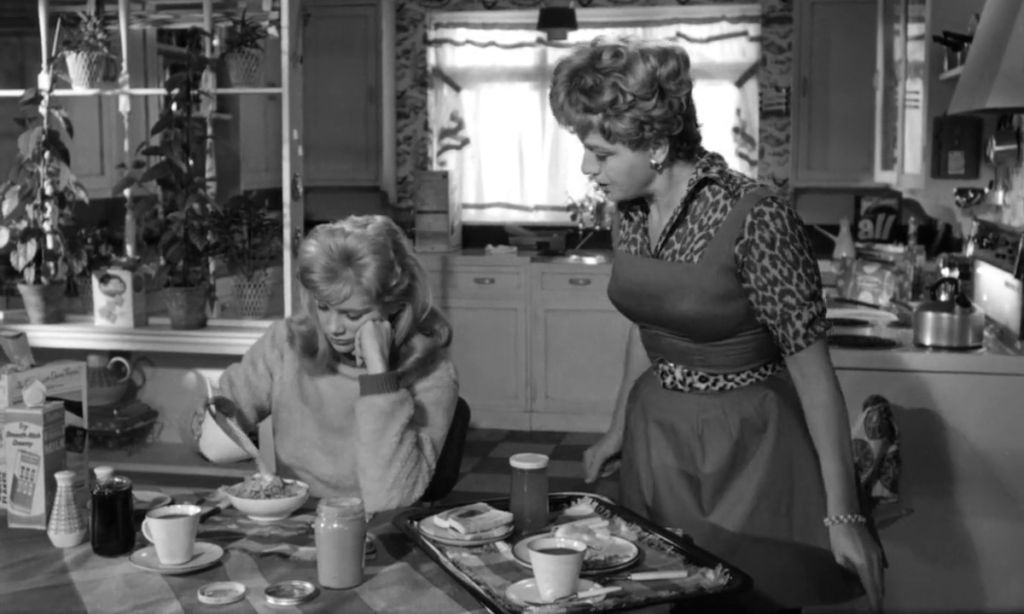
- Oswald Morris’s cinematography
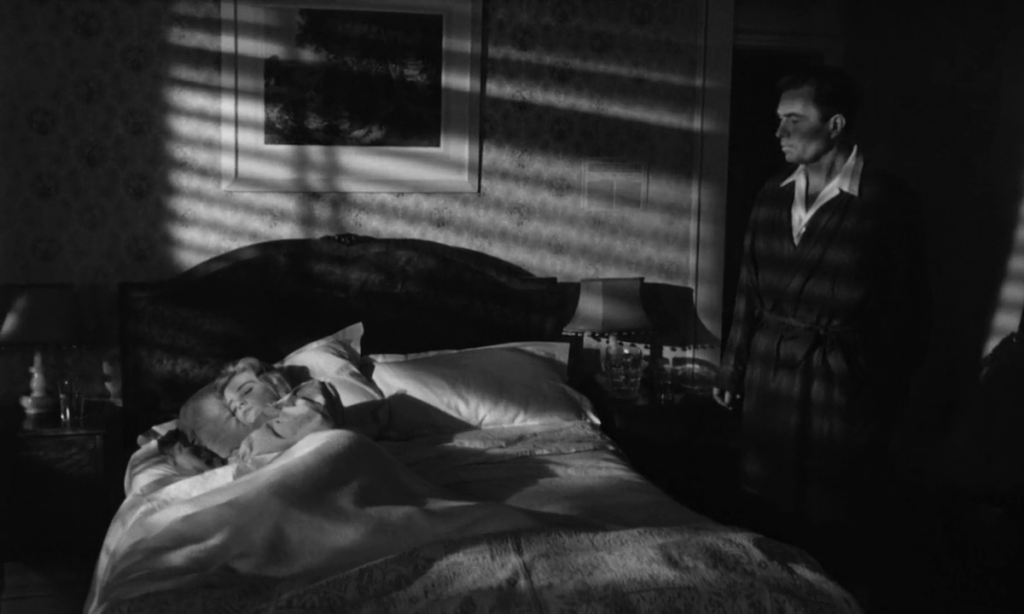
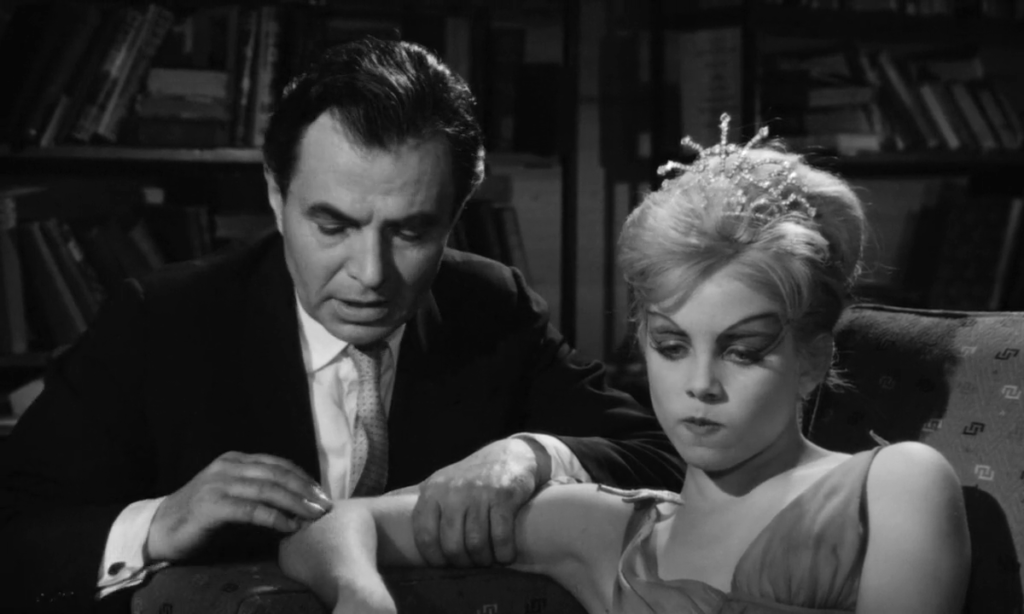
Must See?
Yes, as a cult classic by a master director.
Categories
- Cult Movie
- Important Director
(Listed in 1001 Movies You Must See Before You Die)
Links:
|
